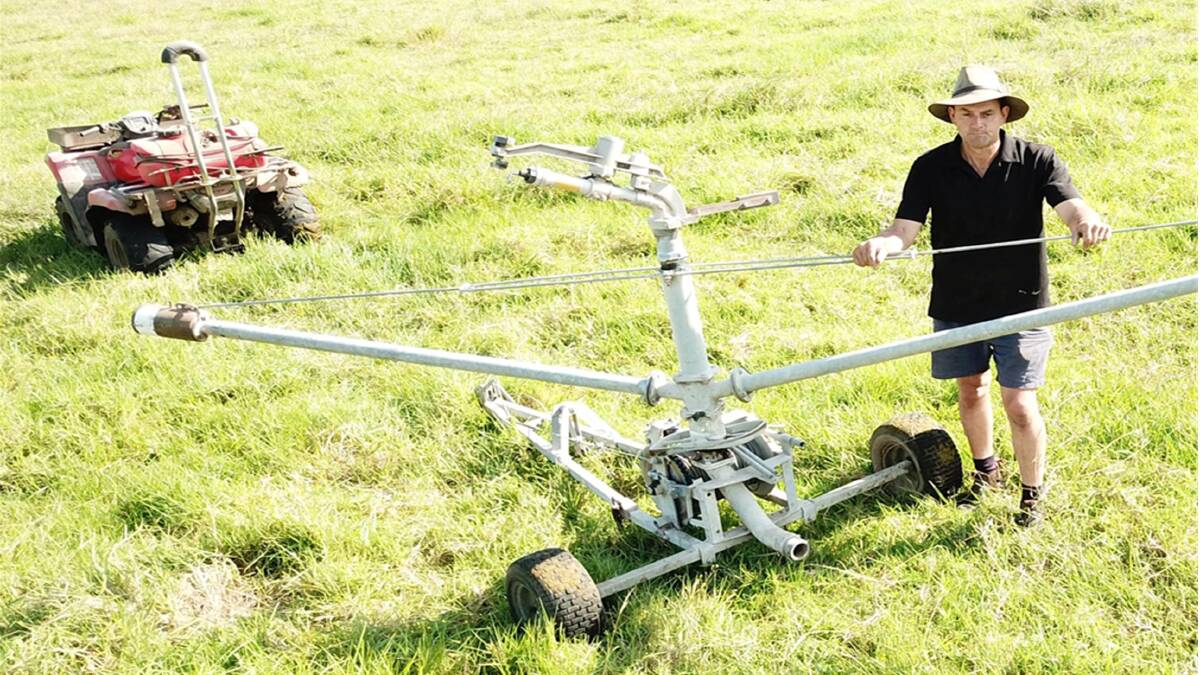
We had got to the point where we were no longer getting the response to urea we once had
- Todd Whyman
Changing the direction of fertiliser inputs during the past five years on the family dairy farm near Bega, Todd Whyman and his parents-in-law Ken and Judy Kimber have noted a remarkable response to their use of farm effluent and other organic applications rather than the traditional rates of urea applied.
Mr Whyman said they had been concerned for some time about the lack of pasture growth following the spreading of urea so looked at possible alternatives.
"We had got to the point where we were no longer getting the response to urea we once had," he said.
"We started to see our dung beetles and worms disappearing from the soil after years of applying chemical fertiliser so we thought something was wrong.
"Also we were noticing irrigation water was not penetrating into the soil but was staying on the surface and running off."
The family run 1200 cows through their operation and were looking for a more sustainable approach to their business especially in relation to soil health.
"We run the farm with a biological focus, we are not organic but we are aiming to cut our nitrogen use right back to help reduce on-farm costs," Mr Whyman said.
"We wanted to utilise the nutrient base we have on farm and it is something we have been focusing on as a priority over everything else for the past five years."
He said the farm produces a lot of effluent and compost and he thought it could be utilised as an alternative.
"We don't advocate total abandonment of chemical fertilisers but their use in moderation," he said.
"We think the use of effluent is an interesting product, we like it and have certainly seen an improvement in our soil and the water uptake."
The five hectare trial was setup on land which hadn't been fertilised for at least 30 years and consisted of a control plot, a conventional plot and additional compost and effluent plots.
"Each plot was split in half to enable us to compare results and five weeks in, there is an extreme difference ... the compost and effluent plots have at last 60 per cent more pasture cover," he said.
Read more stories like this on Australian Dairyfarmer

